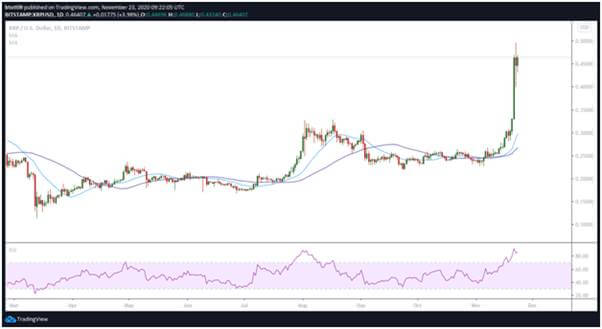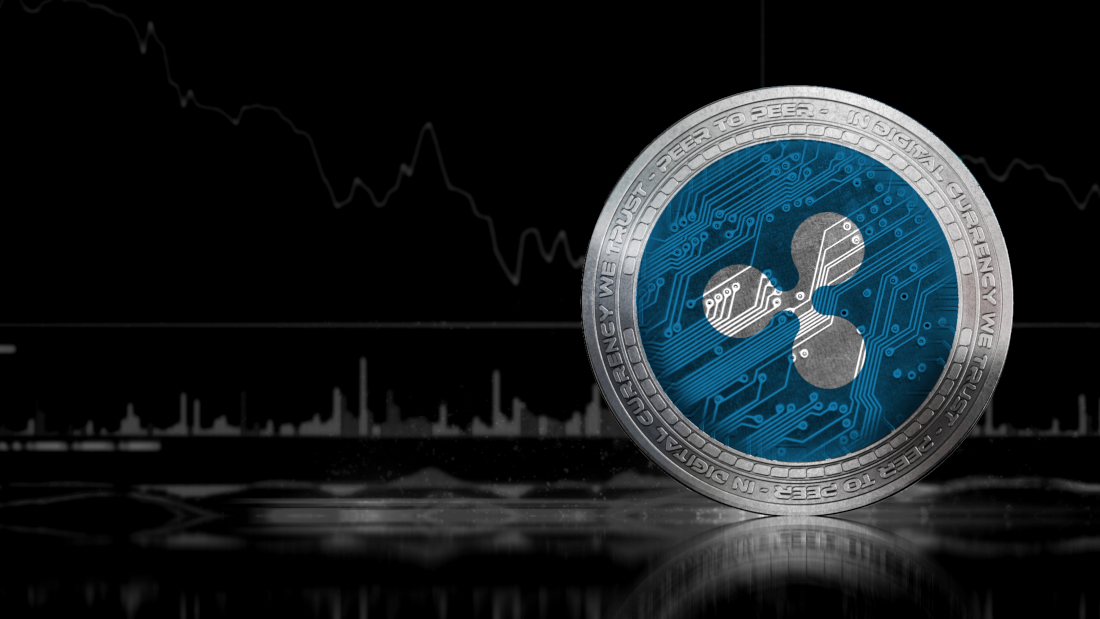2019-3-6 18:14 |
Ripple, the blockchain-based startup and parent company to the XRP currency, has a week for the history books. Despite the overwhelming success of getting the XRP coin listed on top U.S. cryptocurrency exchange Coinbase, the company has had an embattled start to 2019.
It began in mid-February with the announcement by J.P Morgan to create the JPM Coin, a internal payment network stablecoin that would function similar to that of Ripple’s xRapid protocol. Immediately connections were drawn between JPM Coin and Ripple, with the former being poised as a threat in the space of blockchain based transfers. While industry research has since cast doubt on the idea of J.P. Morgan being a serious competitor, Ripple still went through the ringer of analysts claiming the Wall Street bank would put them out of business.
On Feb. 25th it appeared Ripple had turned the corner in terms of fortune. After nearly a year of rumor, U.S. based cryptocurrency exchange Coinbase announced the addition of third largest market cap coin XRP. However, the excitement for the listing was somewhat short-lived. The price of XRP failed to appreciate more than 10 percent on the day, and quickly saw those gains eroded in the market fall that followed. Analysts pointed to the general negative press surrounding Ripple and XRP through the first part of the year as a contributor to the lackluster performance, with most Ripple investors still uncertain following the J.P Morgan announcement.
Nonetheless, the majority of the disappointing price movement was attributed to factors out of the control of Ripple and XRP. As one analyst put it, “Nothing has moved the market,” over the last year of “crypto winter.” While XRP on Coinbase in January 2018 could have taken the currency to unimaginable heights beyond its bullish $4 valuation then, the same action in this current bear climate hardly saw any price movement.
Several more debacles piled onto the XRP pairing with Coinbase. To start, Weiss Ratings and several Twitter users questioned suspicious market behavior in the hours leading up to XRP being announced on the exchange, leading some to accuse Coinbase of insider trading. Ripple was also targeted by community members with allegations of the company paying for XRP to be listed on Coinbase. While there is nothing inherently illegal about companies paying for cryptocurrencies to be listed on exchanges, it does draw into question the nature of decentralization in XRP and the broader industry. Ripple has yet to be implicated of actually facilitating the listing, and senior exec Miguel Vias addressed the situation directly in a tweet on Feb. 27,
“Coinbase’s listing of XRP (also, not “our token”) was Coinbase’s independent decision – we did not give them anything to make it happen.”
However, some users are still not fully convinced of the atmosphere around Ripple and Coinbase. As if the lackluster price appreciation was not enough, research firm Diar has pointed out that XRP violates the Coinbase digital asset listing policy. According to the Digital Asset Framework guideline posted on Coinbase, Ripple’s majority stake in XRP–even if it happens to be through their escrow protocol–goes against the company’s selection criteria listing new cryptocurrencies.
Despite the otherwise eventful week, still appears in a strong position for 2019 and moving forward in the industry of blockchain-based solutions. On Mar. 4, the company was named one of the top employers in the San Francisco Bay Area. In addition, Binance Research published a report contending that Ripple, with over 100 institutional partners, is trailblazing the field of blockchain-based global transactions and will be hard pressed to lose its lead over newcomers such as the JPM Coin.
The post Ripple Recap: A Week to Remember for XRP appeared first on Ethereum World News.
origin »Ripple (XRP) на Currencies.ru
|
|











